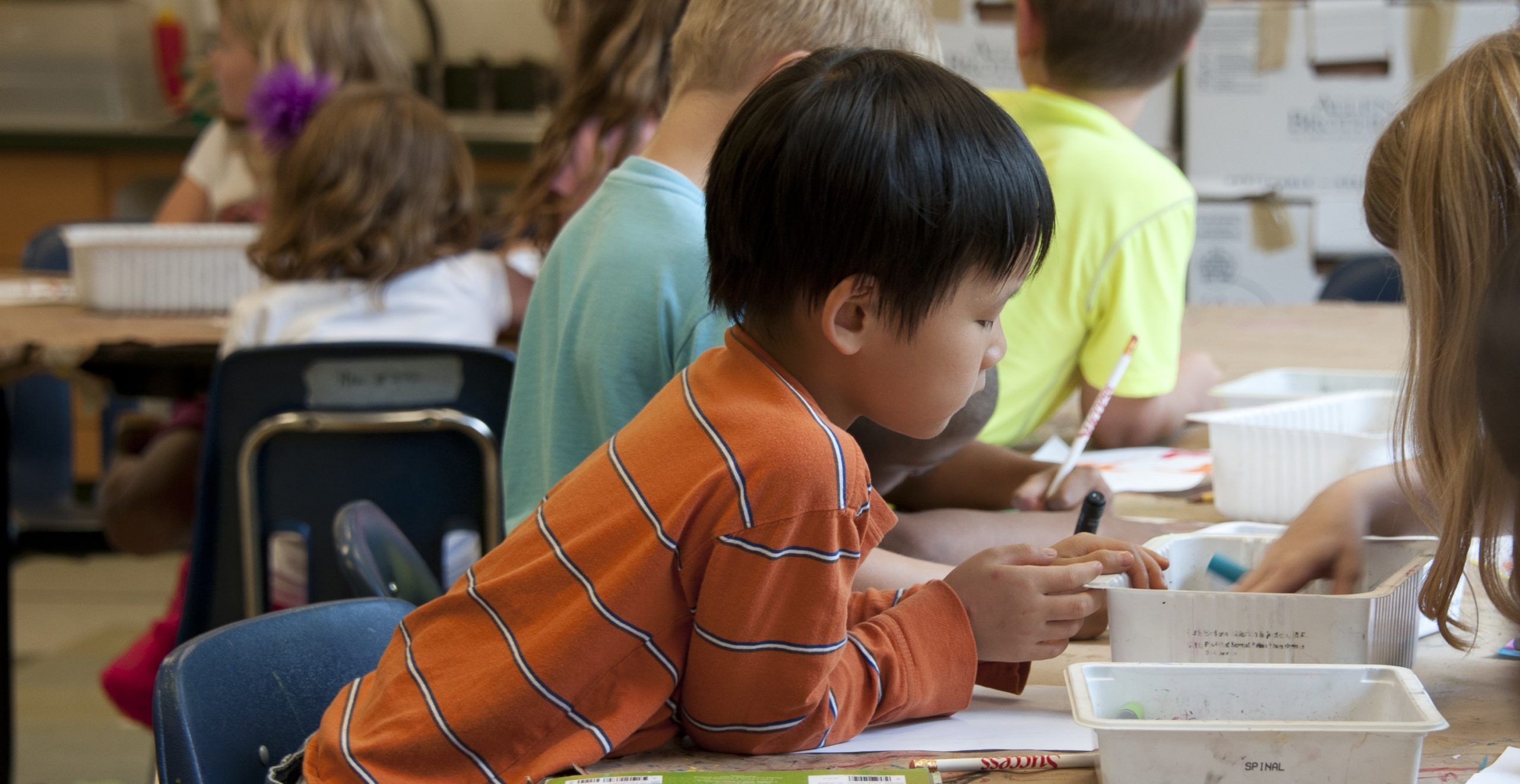How to find a school for your children ⦁ 如何替子女選小學和中學

On 22 July, the UK government confirmed that with a Hong Kong BNO Visa, you and your dependants can have access to education, including:
- Schooling for child dependants that are under 18
- Education and training for young people aged 16-19
- Ability to apply for higher education courses
✅ State-funded schools are free, and your child will be given a place at an appropriate school, funded by the council. The local council has a duty to provide this, and immigration status of the child or parents makes no difference. The main responsibility of the parent is to work with the local council to find something that will be right for the child.
In this post we will introduce the general process for the most common state-funded schools.
State schools are funded and managed by the Local Authority (the education office of the local council). You can find the name of your Local Authority here. A family’s choice of school therefore mainly depends on the area they live, and schools can be a big factor in British people’s choice of home town. I have to warn you that finding a school you really like in your area and getting your child into it is a difficult process even for British parents who have lived in the UK their whole lives.
✅ If your child has special needs of any kind, such as learning difficulties, autism, social, emotional or mental health needs, you should contact your Local Authority and tell them you need a Special School.
The UK school system ⦁ 英國學校制度
The school system breaks down education into the following stages:
- Key Stage 1: 5 to 7 years old
- Key Stage 2: 7 to 11 years old
- Key Stage 3: 11 to 14 years old
- Key Stage 4: 14 to 16 years old
Generally key stages 1 and 2 are undertaken at a primary school and key stages 3 and 4 at a secondary school. Key stage 4 is when children study for nationally recognised GCSE qualifications which are usually considered for entry to further education stages where they would study for A-Levels or other qualifications. A university offer is usually based on the results of the A-Level exams.
The school year starts in September and runs until July. It is split into three terms, each of which has a 1-2 week-long ‘half-term’ holiday in the middle.
How to choose a school ⦁ 英國學校類型
The 3 main types of schools in the UK that you will hear a lot are as follows:
- State schools (公立學校): They are funded by the government
- Grammar schools (公立精英學校): They are also state schools, but they select pupils by ability. To get into a grammar school, a student usually has to pass the 11 Plus examination in the last year of primary school
- Public schools (私立學校): They are the same as independent schools. Parents have to pay for their children to attend these schools
There are several more types of state school in the UK, which vary in specialisation and entry requirements. You can read the variations between kinds of school here.
To investigate schools in a given area, use this website to search according to where you want to live.
You can research a lot of statistics on the performance of schools, such as league tables of exam results and reports by the Ofsted (the Office for Standards in Education). Every school will have a website where you can download a prospectus, which explains what the school has to offer. Most schools offer activities before and after the school day to support working parents and give more enrichment to the children.
Getting into a school ⦁ 點樣入學
Once you find a suitable school you will need to find its admissions process, which usually requires application to the Local Authority many months before the school year begins. You can usually list a preferred school and some second choices. However, the school system is busy and there is no guarantee a family will get its preference in the end.
If you are moving to the UK in the middle of a school year you should contact the Local Authority directly for advice.
School uniforms ⦁ 需要校服嗎
Most schools have their own specific uniform requirements for normal lessons and for sport, but the majority are designed to be affordable. Each school’s website will have the details.
Travelling to school ⦁ 有冇校巴
School buses are not usually provided. School places are usually prioritised for children that live nearby so many parents walk their children to school each morning and pick them up at the end of the day. Older children may ride bikes, although concerns about road safety lead many parents to drive them on the ‘school run’ and traffic can be a problem. Many older children take public transport such as buses to school.
Image: CDC on Unsplash

